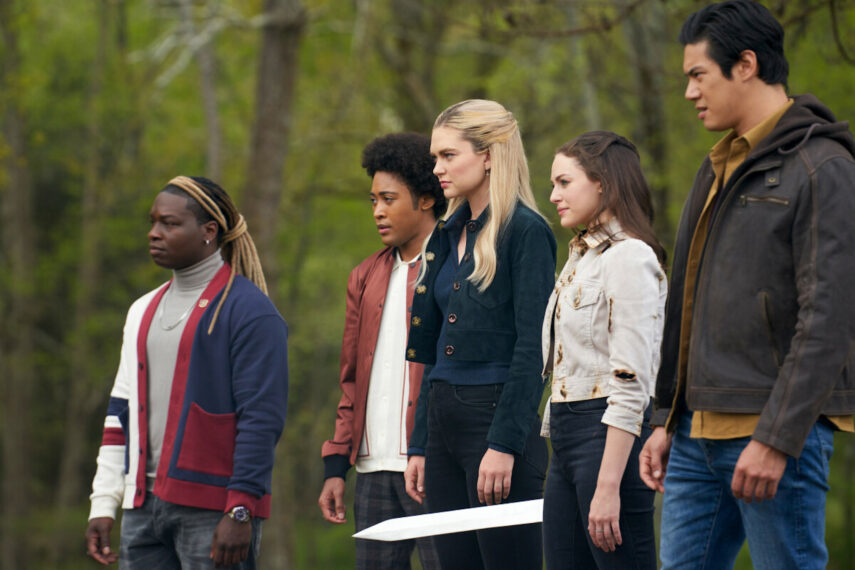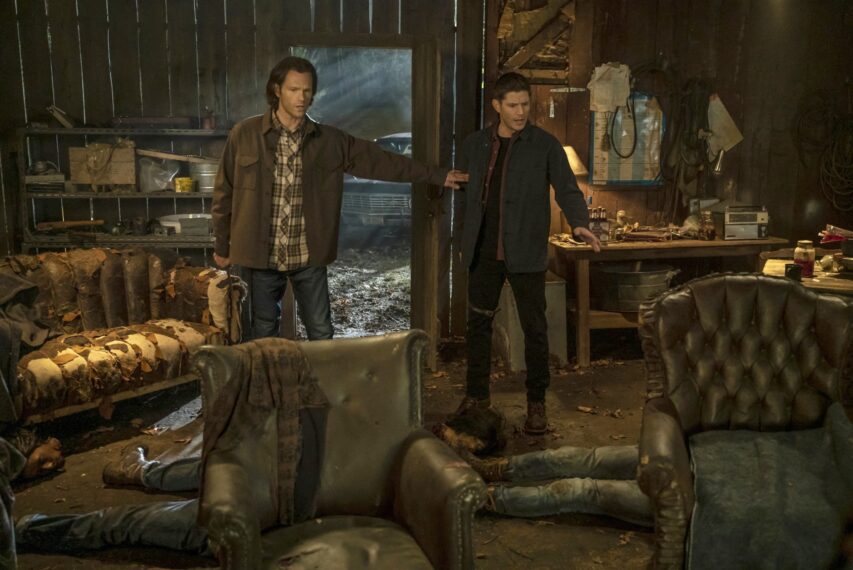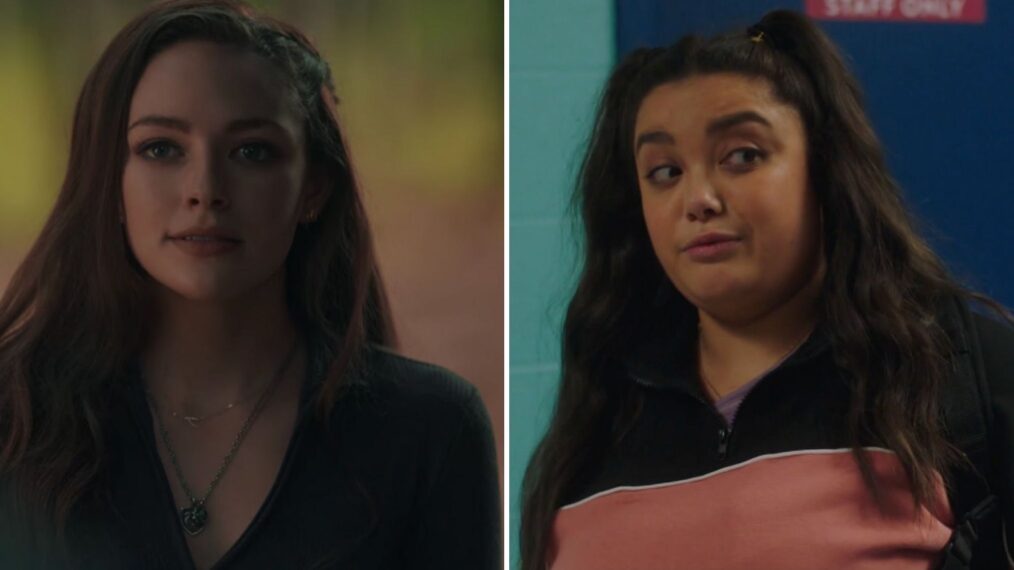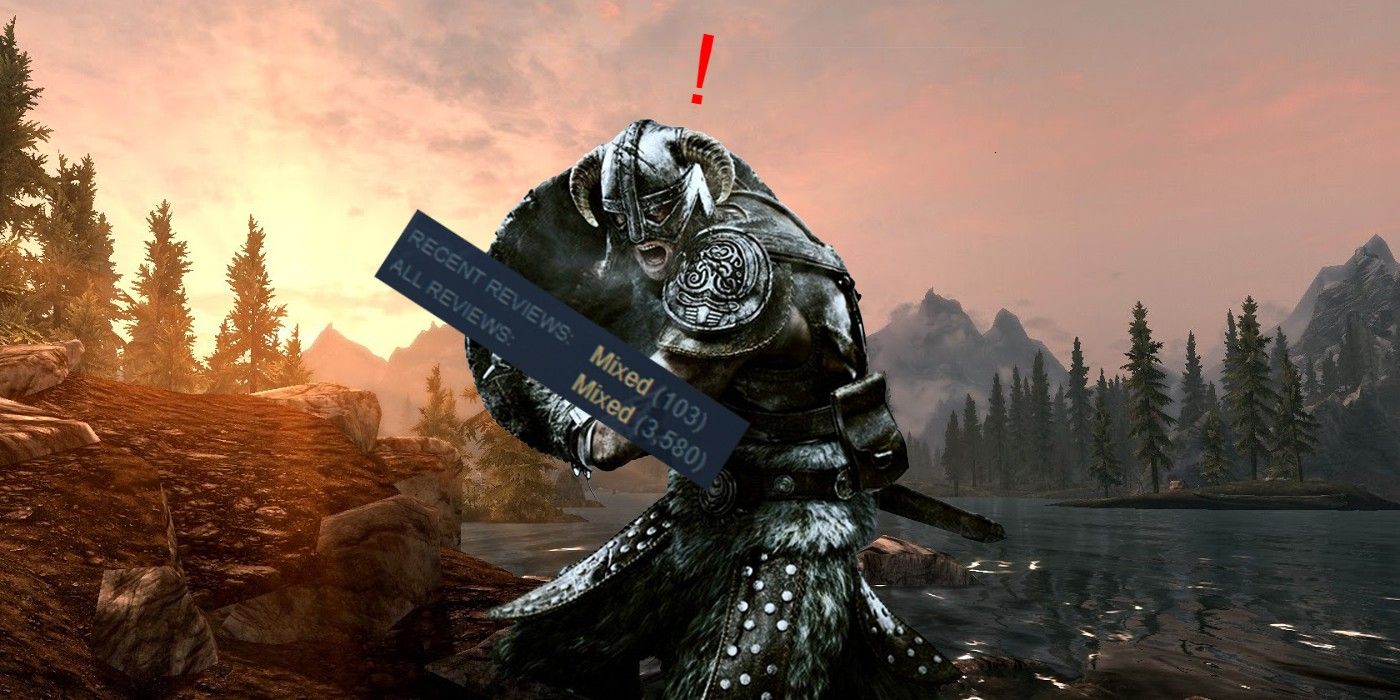For the first time in nearly 13 years, The CW’s Vampire Diaries universe is off the air. With spinoff series Legacies‘ fourth season serving as its last, and its June 16 finale already behind us, there’s no telling when another TVD story will come about. However, during their run, TVD shows became the pinnacle of the supernatural soap genre with steamy romances, intriguing lore, memorable characters — and most importantly, a perfect amount of cheesiness (at least, when it wasn’t trying to be too serious).
When it premiered in 2018 soon after The Originals finale, Legacies found ways to distinguish itself from its predecessors. Centered around the children of the characters from the previous two shows, Legacies has an interesting premise: TVD’s Alaric Saltzman (Matthew Davis) runs a school for witches, vampires, werewolves, and other supernatural beings, like tribrid Hope Mikaelson (Danielle Rose Russell), who happens to be all three. Set a few years after her parents die on The Originals, Hope and her friends face villain after villain, but the multi-season big bad is Malivore, who consumes supernatural creatures and wipes out all traces of their existence.

Chris Reel / The CW
Throughout the seasons, Malivore sends the monsters he’d devoured to attack the Salvatore School, and some of the kids, including Hope and twin Gemini witches Josie (Kaylee Bryant) and Lizzie Saltzman (Jenny Boyd), create a ‘Super Squad’ to fight them off, with a high success rate. But the monster-of-the-week format — the main way Legacies set itself apart — does more than provide showy action sequences with never-before-seen creatures: It brings up new struggles for the characters to grapple with emotionally and keeps things fairly easy to comprehend plot-wise. Best of all, it brings back the silliness that had beforehand mostly been snuffed out in the TVD universe, bogged down by spending a little too much time on the lore in the end. With Legacies coming to a close, other shows going forward need to take a page out of its book and keep the weekly monster format alive.
Though it took a backseat during Legacies’ fourth season, the structure made up the bulk of Season 1 through 3, always connecting to the overarching Malivore plot before he bit the dust in the fourth episode of Season 4. Hope finally activated her tribrid powers and killed him (and as a result, her love interest, Aria Shahghasemi’s Landon, died as well). Landon’s death sparked the new season’s central arc in which Hope turned off her humanity. Oh, and the gods became involved, but that’s another matter entirely. The fourth season had a noticeable tonal shift — it took after TVD much more with its arc’s throughline and very few fun asides. But whereas the show took (maybe a little too much) time with Malivore and each of his monsters in the first three seasons, it didn’t spend nearly enough on the gods in the final 20 episodes.
Some fans were more than happy to see Malivore go — the MOTW format wasn’t “TVD enough,” many claimed. But Legacies hinged on the structure to make it more original from its predecessors as well as other shows on TV right now — the condensed eight-episode arc and tight storytelling seems to be the go-to lately. MOTW also masked Legacies’ fairly messy plot issues and assured that the average viewer, unfamiliar with TVD lore, could have a smooth viewing experience. (And these days, in the era of Marvel and Star Wars where almost all of the filmography is required viewing to understand a current project, Legacies was quite refreshing in this respect.) Sure, some of the monsters were blink-and-you-miss-them forgettable, but at Legacies’ best, it was able to use the one-and-done formula as a tool to bring its characters back to Earth, focusing more on them rather than its too ambitious larger mythology.
Monster-of-the-week is far from revolutionary — Buffy the Vampire Slayer, The X-Files, and, most recently, the long-running Supernatural did it best, though they certainly had their fair share of fumbles before getting it right. But the trope is tried and true; the series just has to strike the right balance of the smaller monster narrative and broader plot without losing its focus and comprehensibility. Legacies was able to do it decently enough in so few seasons. In particular, when Legacies introduces monsters that are already established characters, like dark Josie and TVD antagonist Kai Parker (Chris Wood), it worked exceedingly well by pushing their characters to their moral limits and testing the viewers’ loyalty to their favorite characters as well. Regardless, before its end, Legacies was part of a dwindling number of mainstream series still making use of MOTW — at least, before wrongfully abandoning it in its final season.

Colin Bentley / ©The CW / Courtesy Everett Collection
The MOTW structure needs to be employed more often and definitely shouldn’t die out — it’s exactly what makes television as a medium so great, distinguishing it from film. Syfy’s wonderful, silly supernatural series Astrid & Lilly Save the World, one of the latest shows to use the format, did it even better than Legacies and proved why it’s such a valuable storytelling mechanism. It uses the monsters to further the girls’ character growth while firmly avoiding slipping into mind-numbing formulaic territory; even better, each monster they defeat is part of a quest, crucial to reaching the big payoff. The monsters serve a purpose, even when they’re ridiculous and provide more than a few laughs.
Streaming shows need to follow in the footsteps of Legacies and Astrid & Lilly and produce more series that aren’t essentially eight-hour movies, and MOTW is the perfect solution. Episodes need to be broken up from each other to let the viewer catch their breath and allow them to get more attached to the characters without having the pressure of a too-heavy plot. As the successor to Supernatural, I can only hope that the upcoming prequel series The Winchesters takes up the mantel as TV’s resident MOTW show — that is, if Astrid & Lilly isn’t brought back for Season 2. It’s still my number one.



























































